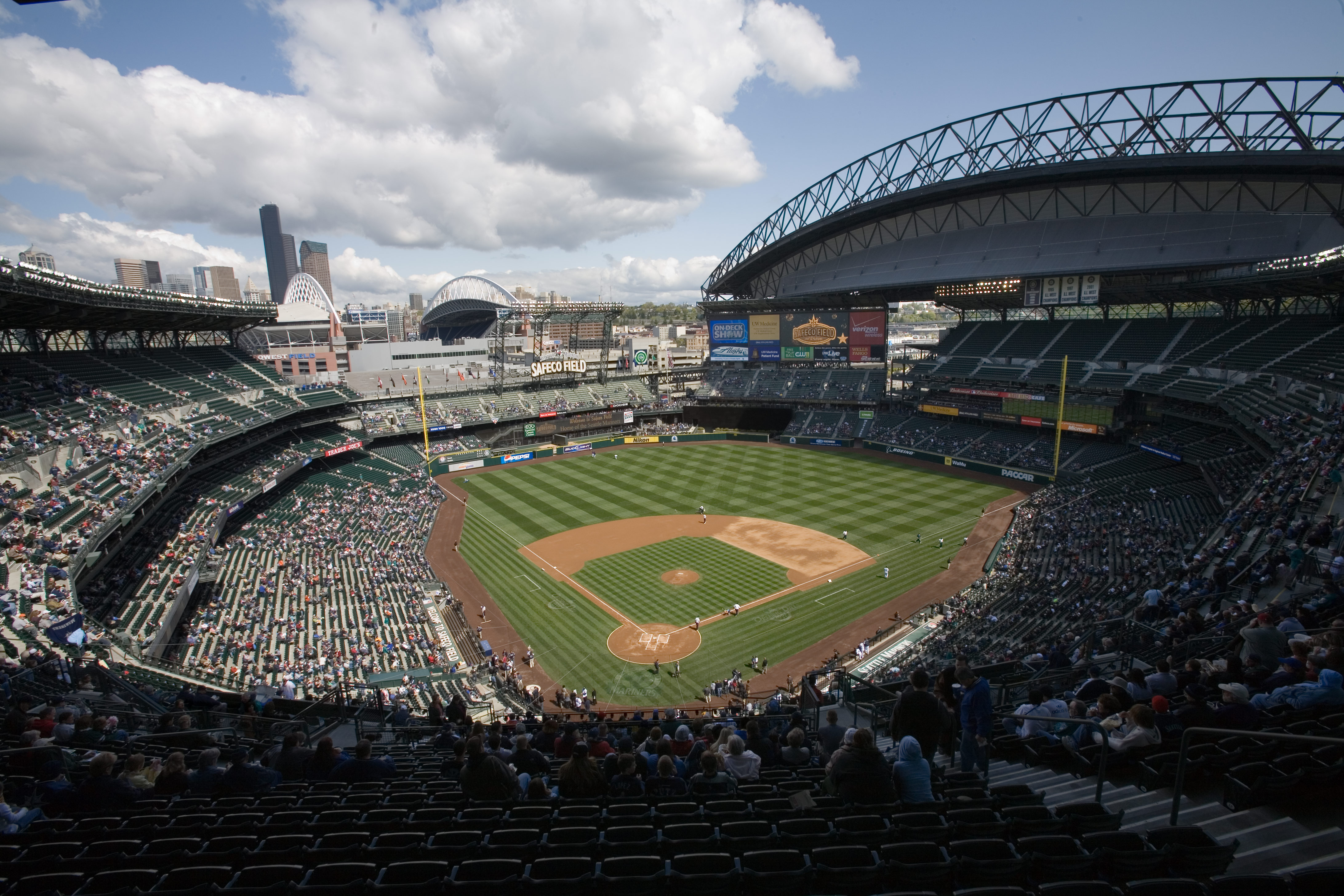 Loading... Please wait...
Loading... Please wait...Shop by Product
Access Control Systems for the Major Leagues
Posted by Evergreen ID Systems on 22nd Jul 2014

The Major League Baseball All-Star Game festivities recently wrapped up, and it got us talking about all the access control challenges involved with running a major league sporting event. Just think about it - you have tens of thousands of fans that need to park their cars, get inside the stadium or arena, and get to their designated seat, and not someone else’s. At the same time, you have all the logistical challenges that come from protecting the biggest stars in the game, and keeping fans out of unauthorized areas. It's a lot to manage, and there could be serious consequences if something goes wrong.
Every facility relies on its own configuration of access control systems. The only real constant is that they must be expansive, reliable and flexible. These are the most commonly used technologies.
Online Building Access Control Systems
These systems allow users to access entries and exits using smartphones. They essentially take a traditional key and recreate it in digital form. In addition to being cost-effective compared to normal locking systems, this evolving technology offers new ways to expand access, and to monitor this access. Since everything happens over a network, there is an auditable record of everyone that goes in and out. And if entry is ever blocked unnecessarily, or needs to be extended temporarily, a remotely located party can quickly unlock the door. Considering the sheer number of access points in any stadium, and the necessity of central management, this solution is quickly growing in popularity
Biometric Access Control Systems
For the most sensitive area's of the stadium, teams are increasingly turning to biometric access control systems, even at the college level. Just think of the consequences if an unauthorized party was to gain access to a locker room or an owner's booth. These systems use fingerprint and handprint analysis to create a nearly impenetrable wall of security.
Advanced Turnstiles
If you have been to any kind of major sporting event in recent years, you have probably been through some kind of advanced turnstile. Even though turnstiles are one of the oldest kinds of access control systems, they are still in use because they are still effective. When the traditional turnstile is paired with advanced technologies for authenticating the validity of a ticket, it provides a powerful way to manage the logistics of a crowd without slowing down the flow of people.
Parking Management Systems
The Truman Sports Complex, home of both the Kansas City Chiefs and the Kansas City Royals, has 19,200 parking spaces. When there is a big event, that parking lot can go from empty to full in a matter of hours. Controlling the flow of that traffic so that things remain safe and organized while all the necessary revenue is collected is the responsibility of parking management systems. They have come a long way in recent years, allowing traffic to flow faster while giving visitors new options to pay.
ID Badges
Go to any major sporting event and you will notice that everyone there in an official capacity wears an ID badge. Most of these badges include the person's picture, their full name, their responsibility, and a magnetic strip linked to a variety of access control systems. With so many people streaming around, ID badges remain a tried and true method for separating fans and staff.
Access control systems used in major league stadiums and arenas get more sophisticated every year. The goals is to keep everyone safe and honest without detracting from any aspect of the fan experience. That is why locks and keys are so quickly being replaced by cameras and scanners. If you need help managing access control systems in places with huge crowds, contact the experts at Evergreen ID Systems.




